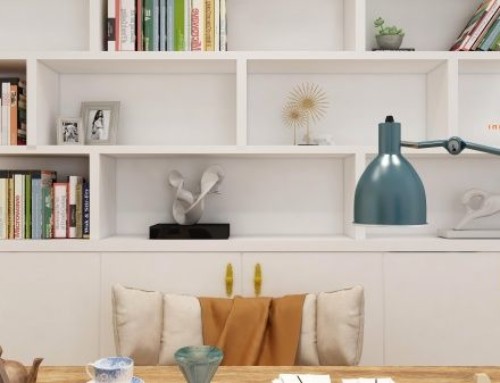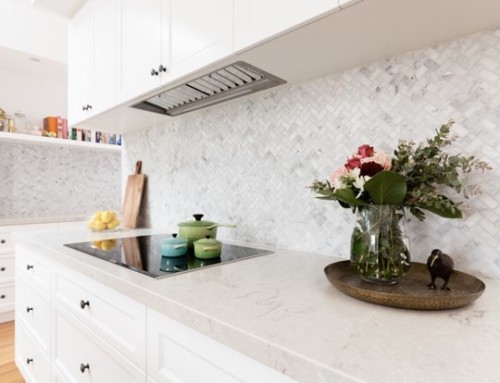Last week I humbly shared the mistakes I made decorating my house. You can read about it here.
This week I wan to share the most common decorating mistakes I see when I visit clients and how they can be avoided.
#1. BUYING AN AREA RUG THAT IS TOO SMALL
An area rug should allow for a 12- to 16-inch border of flooring around a room’s perimeter; anything smaller, and the rug will look too insignificant. Remember: The front legs of your furniture should sit on the area rug, so the rug doesn’t appear to “float” in the middle of the room.
#2 PURSHASING FURNITURE BEFORE MEASURING A ROOM
In their excitement, many people buy items before taking possession of their new home or apartment. However, when the furniture arrives, it often doesn’t fit through the door or is too long or too deep for the room. Rather than making buying decisions based solely on a floor plan, live in your space for a while – you’ll make better choices.
#3 PICKING WALL COLORS THAT ARE TOO PALE!
The larger the space you’re painting, the more tonal depth your wall color needs to have. If your home features an open plan, when deciding on the main color, select one that’s slightly darker than you’d normally choose for a small room.
#4 GOING WITHOUT A HEADBOARD
The head of the bed is the focal point of any bedroom, but many people tend to overlook the headboard. If you don’t have one, add interest with eye-catching artwork or a decorative tapestry, or paint the wall behind the bed a dramatic color.
#5 DECORATING WITHOUT HELP
It’s costly, difficult and emotional, so why not get the help of a professional? For a small percentage of your overall budget, you’ll have the guarantee that your project will look great for years to come.
#6 DECORATING AROUND SOMETHING YOU DON’T LOVE
Chances are, if you don’t like it today, you won’t like it tomorrow. Don’t continue to invest in decor and accessories to match the item; get rid of it, have it refinished, store it in the garage or basement or even better, sale it.
#7 BUYING TOO MANY SMALL ACCESSORIES
Forgoing trendy accessories for a year or two could save you enough money to buy a substantial piece of furniture you’ll have forever. Accessories are like perfume – You do not want to overdue it!
#8 HANGING ARTWORK TOO HIGH
It’s my pet peeve!
Here’s how art work should be installed: the bottom of the artwork should be eight to 10 inches above the top of a piece of furniture, be it a headboard, sofa or credenza. In a hallway or stairwell, hang art so that the middle of the work is 66 inches from the floor or steps.
#9 NOT MAKING THE FRONT DOOR THE FOCUS
When people drive by your house, the front door should be the first thing they see; the garage door should be the last, so paint it a similar color to that of the house, and paint the front door a complementary color, so it really stands out.
#10 HIGHLIGHTING WIMPY TRIM AND MOULDING
Everyone thinks they have to highlight their baseboards and trim by painting them white. But if your trim is 3-1/2 inches or smaller, paint it the same color as the wall, so it blends in; otherwise you’ll end up with a racing stripe effect around the room. Another great tip: Painting baseboards, walls and crown moulding the same color also makes the walls feel higher.
#11 DISPLAYING COLLECTIBLES ALL OVER THE HOUSE
Create big impact by grouping a collection of figurines on a table, or samplers or family photos on one wall. Dotting them all around the house only lends a cluttered look to your decor.
#12 HAVING MORE THAN ONE FOCAL POINT IN A ROOM
Every space needs a focal point, but most people never figure out what that actually is. In the living room, the focal point is either the TV, fireplace or view — whichever you enjoy most. In the bedroom, it’s the headboard; in the bathroom, the vanity area.
#13 CREATING A LIFELESS INTERIOR
A room needs fresh plants or flowers, whether it’s trees, tulips or cacti. Using silk or artificial greenery is fine, but only if you rotate it and make it seasonal. Dusty, outdated-looking floral arrangements make a room appear old and in need of change.
#14 DOING IT IN A DAY
When you shop for an entire room’s decor all at once, it looks like you did it in a day. Plus, everything is matchy, as if you purchased the display from a store front window. Take your time and let your vision, goals, budget and timeline provide you with a layered decorating process — it’s fun to build the look of a room!
#15 HANGING CHEAP DRAPES
Quality draperies have been a low priority for homeowners in the past few years with the trend toward inexpensive tab-top drapes and drapery rods. While they may be perfect for college dorms and teenagers’ rooms, these casual window fashions are rarely a suitable investment for an elegant living or dining room. Tailor-made, custom-fit draperies will never go out of style.
#16 MIXING TOO MANY WOOD TONES
This rule is a simple one: introduce no more than three different wood stains in a room; that goes for flooring, cabinetry, tables and furnishings. If you’ve blended furniture pieces, restrain some of them in order to create a cohesive look.
#17 GETTING THE SCALE WRONG
Most people buy sofas that are too large, and rugs and other furnishings that are too small for the rooms they’re in. Playing with the scale of furnishings is an art; a large armoire in a small room isn’t necessarily a bad thing — if you create balance with a dark wall colour, large framed art and rich carpets. A sofa should fit on the short or long wall of a room; make sure if you place it along the short wall that you still have room for end tables on each side.
#18 SECONG-GUESSING YOUR PROFESSIONAL
Why would you spend money to hire a contractor, designer or architect and then allow the final decisions to be made by your friends and family? Professionals come to your project with an unbiased, workable plan; your friends and family don’t.
#19 CHOOSING THE WRONG COLOR HUE
People often know what color they want but don’t pick the proper hue (lightness or darkness). A good rule of thumb: Lighter on the top, darker on the bottom. Floors are usually a darker, deeper hue than the walls; ceilings are lighter than the walls.
#20 POSITIONING FURNITURE ALONG THE EDGES OF A ROOM
We keep moving it in, and you keep lining it up! Try dividing a long, narrow room by using the two-thirds/one-third rule: make two-thirds of your room the main seating area, and one-third a space for a desk, reading chair or piano. Don’t be afraid to show the back of a chair or sofa by using the piece to divide the room.
#21 CHOOSING TRENDY COLOR FABRICS FOR LONG TERM FURNISHINGS
Custom sofas, chairs, headboards and draperies should last many years. Opting for a trendy-color fabric like lime green will quickly make these pieces look (and feel) outdated. Instead, choose colors that are a shade lighter or darker than your wall color, so furnishings work well together and maintain their timeless appeal.
Found yourself making any of these mistakes? You are not alone!









